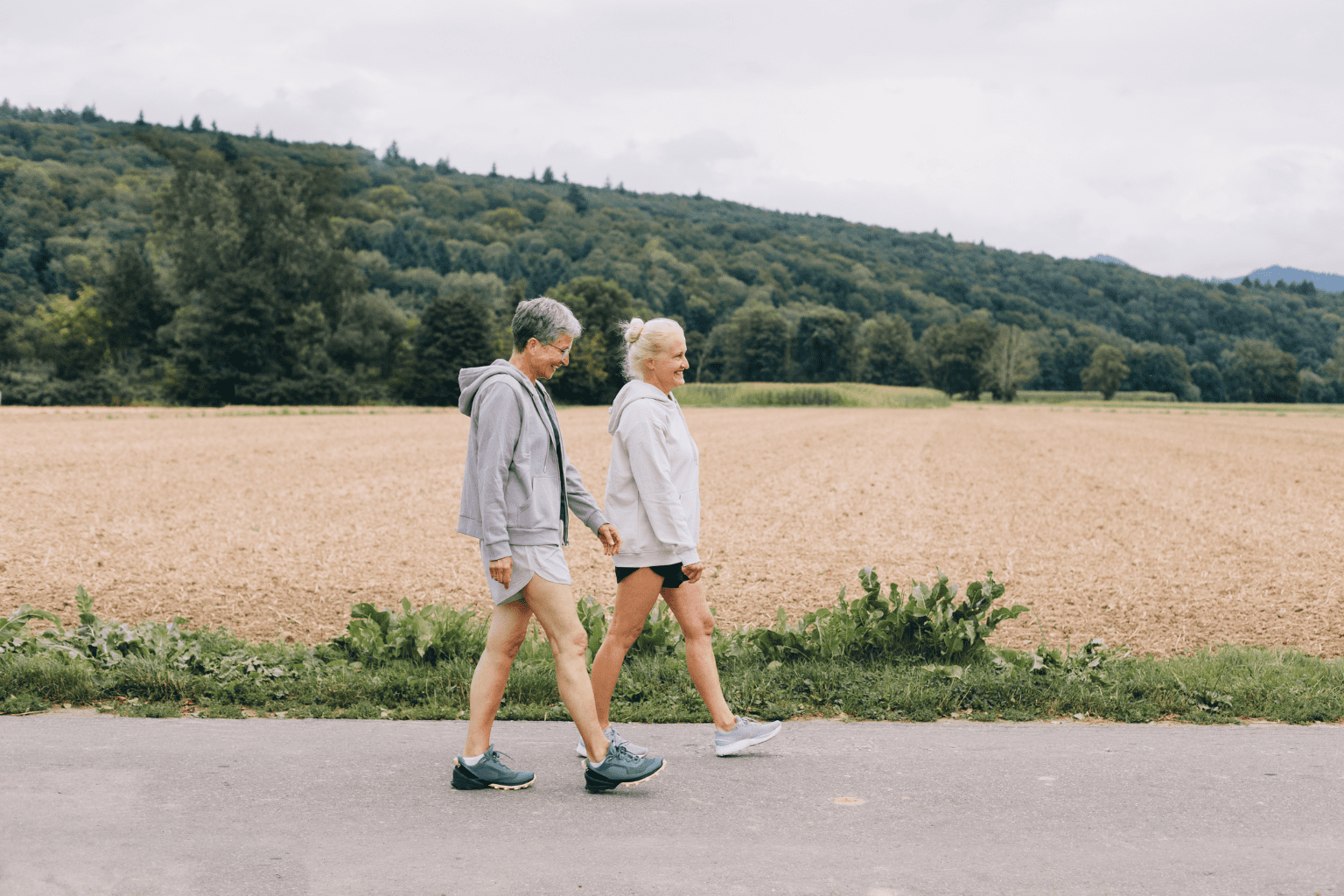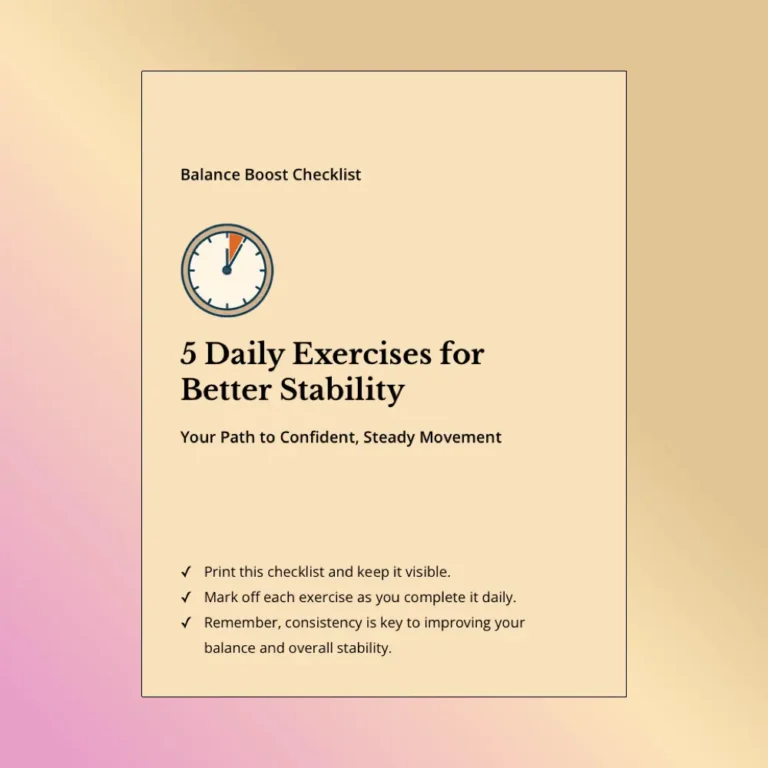
Highlights

As we grow older, staying active becomes incredibly important for our overall health. But let’s face it, recovery after exercise isn’t quite the same as it was in our younger years. Understanding how to properly recover from workouts is absolutely crucial for older adults who want to stay active while avoiding injuries and managing muscle soreness. This guide will walk you through practical strategies to optimize your recovery, so you can enjoy all the benefits of an active lifestyle without worrying about overdoing it.
Our bodies undergo significant changes as we age, affecting muscle mass, strength, and overall physical capability. Many seniors experience a natural decline in muscle mass, known as sarcopenia, which can lead to increased fatigue and slower recovery times after exercise. Despite these changes, regular physical activity remains incredibly important; it improves mobility, boosts mood, and supports heart health. The key is learning how to help your muscles recover properly so you can maintain an active lifestyle as you age.
Muscle soreness in seniors can stem from several factors, including overexertion, muscle strain, or simply the natural wear and tear that comes with aging. It’s important to be able to tell the difference between typical post-exercise soreness (which is normal) and signs that might indicate an injury. While some discomfort is expected after a good strength workout, persistent pain that doesn’t improve deserves closer attention. The recovery process becomes more critical as we get older because our bodies need more rest to repair muscle tissue.
What you eat after exercising plays a huge role in how well your body recovers. After a workout, your body needs the right fuel to repair muscles and replenish energy. Here are some key nutritional components to consider:
For practical examples, consider snacks like cottage cheese with fruit or a small smoothie made with spinach, banana, and protein powder to help improve recovery after strength training exercises.
Knowing when to rest is just as important as the exercise itself. Rest and recovery aren’t simply about taking breaks; it’s about giving your body the time it needs to heal and rebuild. Here are some helpful tips:
Gentle stretching after exercise can help reduce soreness and improve flexibility. Consider incorporating these morning stretches for elderly into your routine:
Stretching and foam rolling are excellent techniques that can help improve your strength and flexibility while reducing the risk of injury for older adults.
Activities like swimming or cycling can be wonderful for recovery days. These exercises help maintain heart health while putting minimal stress on your joints. By including active recovery days in your exercise routine, you can enhance your overall fitness without risking overexertion. Many older adults find that these activities provide adequate recovery while still offering enough exercise to help prevent muscle loss.
Talking to a physical therapist can make a huge difference, especially if you’re dealing with ongoing soreness or discomfort. They can create exercise programs specifically designed for your needs, with an emphasis on safe recovery strategies. According to sports recovery experts, specialized approaches for seniors can significantly improve recovery outcomes. Common physical therapy techniques include:
Recovery tools like foam rollers and resistance bands can be very helpful for muscle recovery. These tools help loosen tight muscles and improve blood flow to sore areas. You might also want to try using apps designed for seniors that can track your fitness and recovery progress, helping you stay on the right path. Strength exercises for older adults often incorporate these tools to make workouts more effective while supporting the recovery period afterward.
Being in tune with your body is incredibly important. Common signs that you might be pushing too hard include:
Learning to distinguish between normal soreness and actual pain is crucial. While some discomfort is expected after a workout, sharp or debilitating pain should never be ignored. Taking the time to recover properly is essential for healthy aging and maintaining muscle mass as you get older.
If you experience any of the warning signs mentioned above, or if your soreness lasts more than a few days, it’s probably time to check in with a healthcare provider. They can assess your situation and recommend appropriate next steps. This is particularly important after age 50, when recovery time naturally increases and the body may need more time to repair muscle damage.
Many seniors have successfully adapted their routines to prioritize recovery for seniors. For instance, Mary, 68, shares how adding gentle yoga and proper nutrition to her schedule completely transformed her post-exercise recovery. “Listening to my body and focusing on nutrition has allowed me to enjoy my workouts pain-free,” she says. Stories like Mary’s highlight just how important these recovery strategies can be in your own life. Exercise has been shown to benefit older adults tremendously, but only when paired with proper recovery time.
How long should recovery periods be for seniors? Recovery needs vary from person to person, but generally, seniors might need 48-72 hours between strength training exercises for the same muscle groups. For cardio activities, 24 hours is often sufficient, but always listen to your body’s signals. As we get older, our recovery time naturally increases, so giving our bodies time to recover is essential for muscle health.
Is it normal to feel some discomfort when stretching? Yes, mild discomfort during stretching is normal; you should feel a gentle pull, not pain. If you experience sharp or intense pain, stop immediately and try a less intense exercise or consult with a healthcare professional. Proper strength exercises for older adults should challenge you without causing excessive discomfort.
Can supplements help with recovery? Some supplements like vitamin D, calcium, and omega-3 fatty acids may support recovery and overall health in seniors. However, always consult with your healthcare provider before starting any supplement regimen, as they can interact with medications. A balanced approach to nutrition often provides the best support for muscle repair and recovery.
What’s the difference between soreness and injury pain? Normal muscle soreness typically feels like a dull, achy sensation that improves within a few days. Injury pain is often sharp, may be localized to a specific spot, and doesn’t improve with rest. If you’re experiencing pain that limits your daily activities or doesn’t get better after a few days, it’s best to consult a healthcare professional or exercise physiologist who specializes in working with older adults.
Effective exercise recovery is essential for seniors who want to maintain an active lifestyle while preventing injuries and managing muscle soreness. By focusing on proper nutrition, understanding when to rest, and using gentle recovery techniques, you can enjoy your golden years to the fullest. Remember, it’s never too late to make your health and well-being a priority!
The CDC recommends at least 150 minutes of moderate physical activity per week plus two days of muscle-strengthening activities for adults of all ages. However, older adults need to balance this with adequate recovery to get the most benefits from their exercise regimen. After age 50, we lose about 1-2% of muscle mass per decade, making strength training and proper recovery even more important for maintaining muscle strength and reducing the risk of injury.
Share your own recovery tips and experiences in the comments below. Your insights could really help others in our community!
For more information on recovery as we age, this article on muscle recovery and aging provides valuable insights into managing your fitness journey effectively. Many exercise physiologists emphasize that while a workout may feel great in the moment, it’s during recovery that your body actually builds strength and improves function.
